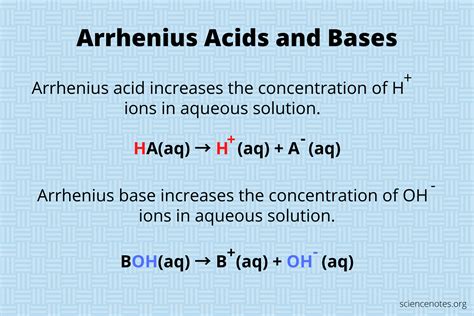The International Classification of Diseases, 10th Revision (ICD-10) is a globally recognized system used for coding and classifying diseases, symptoms, and procedures. When it comes to liver lesions, accurate diagnosis and treatment are crucial for effective patient care. In this article, we will delve into the ICD-10 codes for liver lesions, explore the various types of liver lesions, and discuss the available treatment options.
Liver lesions are abnormal areas of liver tissue that can be detected through imaging tests such as ultrasound, CT, or MRI scans. These lesions can be benign (non-cancerous) or malignant (cancerous). The ICD-10 coding system provides a standardized way to classify and code liver lesions, enabling healthcare providers to accurately document and communicate patient diagnoses.
ICD-10 Codes for Liver Lesions
The ICD-10 codes for liver lesions are categorized under the following codes:
- D13.0 - Benign neoplasm of liver, not elsewhere classified
- C22.0 - Malignant neoplasm of liver, primary
- C78.0 - Secondary and unspecified neoplasm of liver and intrahepatic bile ducts
- K76.0 - Abscess of liver
- K76.1 - Portal vein thrombosis
Types of Liver Lesions
Liver lesions can be broadly classified into two categories: benign and malignant.
Benign Liver Lesions
Benign liver lesions are non-cancerous growths that do not spread to other parts of the body. The most common types of benign liver lesions include:
- Hepatic hemangioma: a benign tumor composed of blood vessels
- Liver cysts: fluid-filled sacs that can be congenital or acquired
- Focal nodular hyperplasia (FNH): a benign tumor-like condition
- Pyogenic liver abscess: a collection of pus in the liver
Malignant Liver Lesions
Malignant liver lesions, on the other hand, are cancerous growths that can spread to other parts of the body. The most common types of malignant liver lesions include:
- Hepatocellular carcinoma (HCC): the most common type of primary liver cancer
- Cholangiocarcinoma: a type of cancer that arises from the bile ducts
- Metastatic liver cancer: cancer that spreads to the liver from other parts of the body
Key Points
- Liver lesions can be benign or malignant, and accurate diagnosis is crucial for effective treatment.
- The ICD-10 coding system provides a standardized way to classify and code liver lesions.
- Benign liver lesions include hepatic hemangioma, liver cysts, FNH, and pyogenic liver abscess.
- Malignant liver lesions include HCC, cholangiocarcinoma, and metastatic liver cancer.
- Treatment options for liver lesions vary depending on the type and stage of the lesion.
Treatment Options for Liver Lesions
The treatment options for liver lesions depend on the type, size, and location of the lesion, as well as the patient's overall health.
Treatment of Benign Liver Lesions
Benign liver lesions may not require treatment, but in some cases, surgical removal or ablation may be necessary.
- Surgical resection: surgical removal of the lesion
- Ablation therapy: minimally invasive procedures that destroy the lesion
- Embolization: cutting off the blood supply to the lesion
Treatment of Malignant Liver Lesions
Malignant liver lesions require prompt treatment, which may include:
- Surgical resection: surgical removal of the tumor
- Liver transplantation: replacing the diseased liver with a healthy one
- Ablation therapy: minimally invasive procedures that destroy the tumor
- Chemotherapy: using medications to kill cancer cells
- Radiation therapy: using high-energy radiation to kill cancer cells
| Treatment Option | Description |
|---|---|
| Surgical Resection | Surgical removal of the lesion or tumor |
| Ablation Therapy | Minimally invasive procedures that destroy the lesion or tumor |
| Embolization | Cutting off the blood supply to the lesion |
| Chemotherapy | Using medications to kill cancer cells |
| Radiation Therapy | Using high-energy radiation to kill cancer cells |
Conclusion
In conclusion, liver lesions can be benign or malignant, and accurate diagnosis and treatment are crucial for effective patient care. The ICD-10 coding system provides a standardized way to classify and code liver lesions, enabling healthcare providers to accurately document and communicate patient diagnoses. Treatment options for liver lesions vary depending on the type and stage of the lesion, and a multidisciplinary approach is often necessary to achieve optimal outcomes.
What is the ICD-10 code for a benign liver lesion?
+The ICD-10 code for a benign liver lesion is D13.0.
What are the treatment options for hepatocellular carcinoma?
+Treatment options for hepatocellular carcinoma include surgical resection, liver transplantation, ablation therapy, chemotherapy, and radiation therapy.
Can liver lesions be prevented?
+While some liver lesions cannot be prevented, maintaining a healthy lifestyle, including a balanced diet, regular exercise, and avoiding excessive alcohol consumption, can reduce the risk of developing liver disease.


